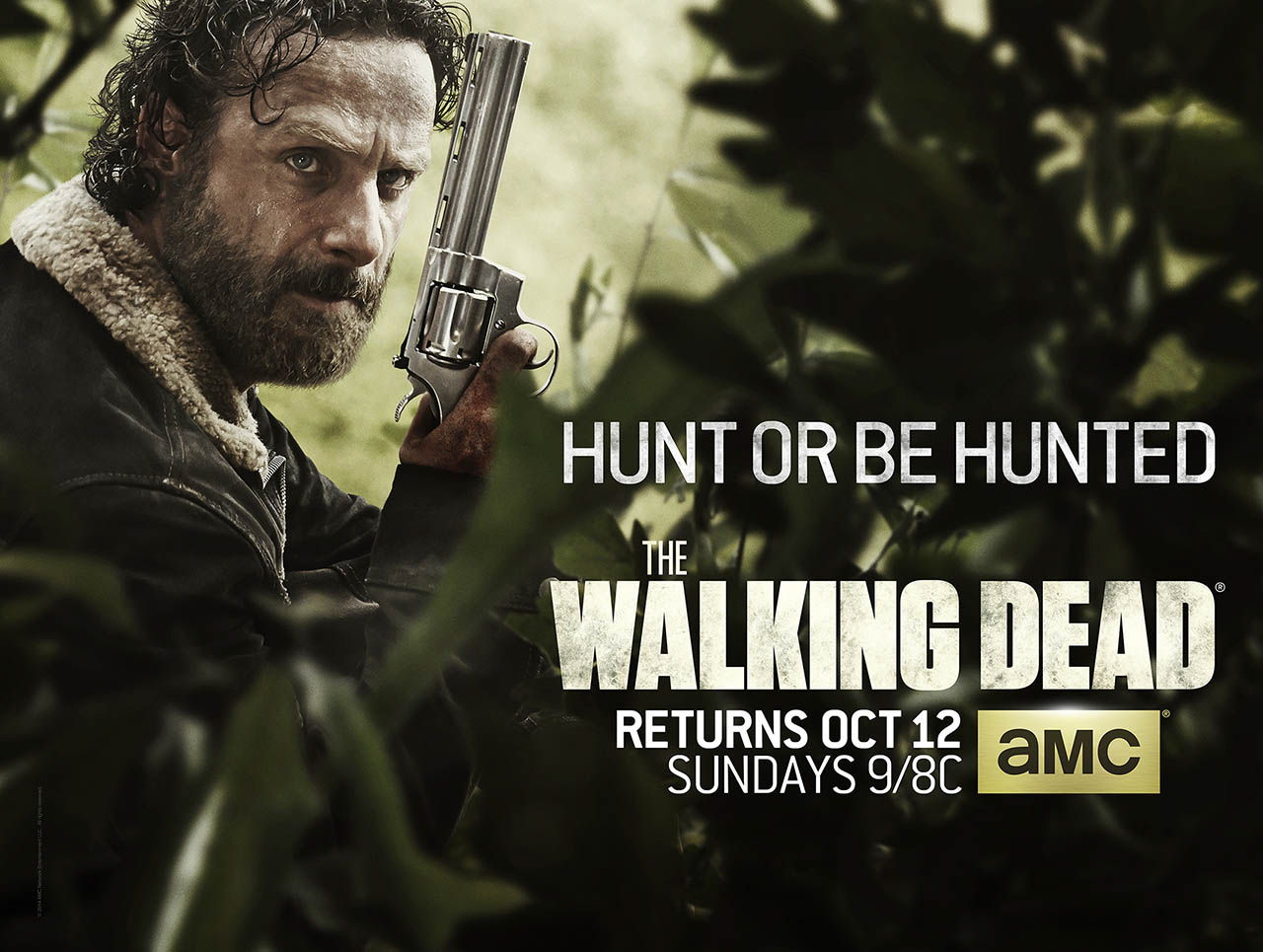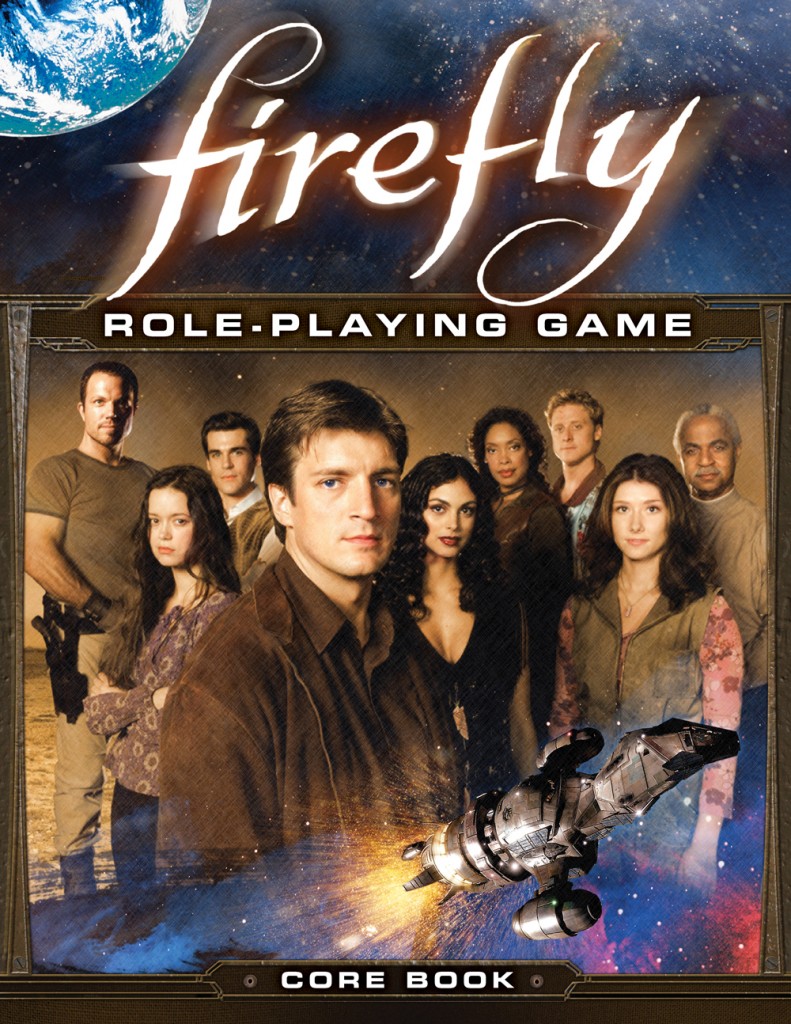If you are a fan of Firefly, you may also like my ebook series, now available in a 3 book value pack at
Amazon or
Barnes and Noble.
Margaret Weiss Productions released the core rulebook for
the new Firefly RPG pen and paper game last week.
After taking a look through the book, I
thought I would post a quick review.
What type of RPG gamer are you? I saw an article that defined RPGers as
generally fitting into 1 of 3 categories.
Knowing what type of RPGer you are will be important in deciding if you
will enjoy the Firefly RPG.
- Casual
Gamer. Casual gamers like an RPG
with fun gameplay and easy rules. Casual
gamers like RPGs with a good story and lots of action, but despise RPGs that
are overloaded with complex rules.
- Hardcore
Gamer. Hardcore gamers like gameplay
with lots of action, and very little talking.
They are the ones who tune out during box text and are deeply engaged
during combat. They also typically know
every rule and have characters that are min/maxed to the extreme, and
especially enjoy challenging combat.
- Intellectual
Gamers. Intellectual gamers enjoy
roleplaying, and games with a good plotline.
Mystery, intrigue, and surprises all interest the intellectual
gamer. Intellectual gamers tend to
portray their characters very vividly, while shying away from an excessive
focus on the rules.
The Firefly RPG is geared more towards casual gamers and
intellectual gamers. Firefly fans will
find the game particularly interesting.
The rules are relatively simple to learn, and the focus is more on the
storyline.
Some of my
observations about the game:
The good
The core rulebook contains rich detail about the firefly
world, the characters of the TV show as they are at the beginning of the TV
series, and a chapter that blends the game rules with the TV episodes. The artwork is also really good.
A beginning adventure (episode) is included
in the core rulebook. The rulebook is
written in a fashion that is similar to the way Malcolm talks in the TV show,
which gives it a familiar feel for Firefly fans.
The rules are relatively simple to learn (except for the
combat rules, see below) and creating a character is quick and easy. You are even allowed to play one of the 9
crewmembers of Serenity.
Gameplay is focused on roleplaying and storylines. As such, skill checks move very quickly. You do role multiple dice when doing an
action, whether it is for combat or for a skill check. On any dice roll, you will role a die for an
attribute, a die for a skill, and up to five other dice.
Players can earn action points (called plot points) and use
these to perform heroic actions or reroll dice results.
Overall, it is easy to feel like you are a character in the
Firefly world.
The bad
The combat rules seemed rather muddled. I took a break from trying to understand
them, and am going back to the book later this week to see if I can get a
better understanding of them. The
writing style of the rulebook became a distraction in trying to understand the
combat rules. Adding a sample combat to
the rulebook to illustrate how combat flows would be immensely helpful.
Essentially, it looks like you win the combat if your
opponent accumulates enough critical misses (1s, called jinxes in Firefly RPG) that they can no longer
effectively fight, effectively knocking them out. In order to facilitate combat flow, it might
be handy to develop some sort of tracker to track the critical misses.
Because the TV show involved a lot of gunplay and
fistfights, and even the occasional swordfight, having muddled combat rules is
a serious weakness. If it turns out that
I am misreading the combat rules, and that they are actually much simpler than
I originally thought, I’ll post a revision.
The other thing I didn’t like about the rule system is that
there wasn’t as much room for customizing character stats as RPGs normally
have. For me, this was an area of
disappointment, as I enjoy customizing a character’s stats.
I did get some clarification from one of the writers, Dean Gilbert (see below in the comments section) on how to find a few example combats in the book.
The awkward
Traditional RPGers are used to game sessions being referred
to as adventures or modules, and a series of modules being called a
campaign. Firefly RPG calls adventures
“Episodes” and calls campaigns “Seasons.”
I classify this as awkward, because it doesn’t mean anything to game
play, but just seems weird to me.
Likewise, 4th edition Dungeons and Dragons (a
rules systems I utterly despise) introduced us to “action points.” Firefly RPG calls these plotpoints, and again
this language variation seems awkward to me. You can accumulate plot points and use them in different ways, which is nice.
When I start my Firefly RPG homegame, I may just go back to
using modules, campaigns, and action points.
Overall &
recommendations
Overall, the book is worth the $50 price tag that is common
to RPG core rulebooks.
A few items that might be helpful while playing the game
include:
·
A list of all the possible dice you can add into a skill check (while you will always roll at least 2, there are as many as 8
dice you might be able to roll)
·
A tracking sheet for critical misses.



